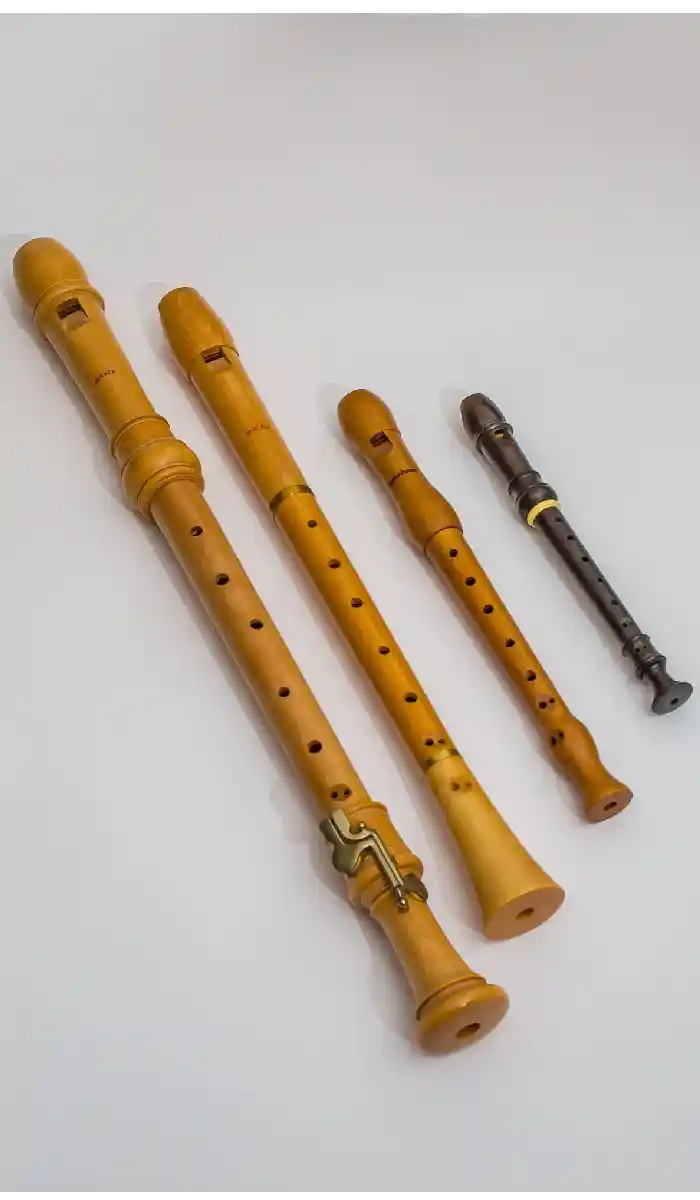NEWS
The History of Japan’s Traditional Wooden Flute Instrument

Embark on a melodic journey to the land of the rising sun as we explore the enchanting history of Japan’s traditional wooden flutes. This ancient wooden flute instrument has been a cornerstone of Japanese music for centuries.
Its mesmerizing notes have echoed through time, carrying tales of an age-old culture and captivating the hearts of audiences worldwide. Below, we’ll delve into its origin and indulge in the lyrical saga of this flute.
Let’s get into it!
The Origin of Wooden Flute Instrument in Japan
The origin of a wooden flute or fuke, is traced back many years ago. They would use this for religious festivals and solemn ceremonies, such as funerals.
However, it wasn’t until the Nara period that the wooden flute began to make its way into Japanese court music. During this time, music was an essential part of court life in Japan.
They believed the bamboo carried a special power, and when they played it, the power would fill the music. Ever since the fuke has been a big part of Japanese music.
Even today, people everywhere enjoy the soothing sounds of this traditional bamboo flute.
The Cultural Significance of Wooden Flutes in Japanese Society
The wooden flute holds a cherished place in the socio-cultural fabric of Japan. It is much more than just a musical instrument. It is a symbol of:
- harmony
- spirituality
- the charm of Japanese tradition
Historically, it played an essential role in the spiritual practices of the Zen Buddhist monks. They used its ethereal sounds to aid in meditation and achieve a state of oneness with the universe.
Over time, this practice transcended the monastery walls and became a cultural phenomenon. This humble bamboo instrument, thus, stands as a vibrant testament to the timeless beauty of Japanese culture.
Famous Wooden Flute Players and Their Contributions
When it comes to playing the wooden flute, several gifted musicians have left their indelible mark on the world of music. One such virtuoso is Watazumi Doso Roshi.
He is a monk and esteemed player of the shakuhachi. His profound connection with the Zen philosophy colored his performances, lending them an unrivaled depth and subtlety.
Another eminent figure is Yokoyama Katsuya, a true master of this wooden instrument. He dedicated his life to playing it and at the same time teaching it.
Lastly, we have Goro Yamaguchi, a figure synonymous with the Shakuhachi. He was designated a “Living National Treasure” in Japan, a testament to his virtuosity and his contributions to the world of music.
These maestros have greatly contributed to the proliferation and preservation of the traditional wooden flute. Their unparalleled performances continue to inspire and influence musicians around the world.
The Evolution of the Wooden Flute in Japan’s History
The wooden flute instrument of Japan carries a song echoing through centuries. Big changes, small changes, the flute’s song sails on time’s river. From courts of old to modern pop tunes, it still sings.
The flute’s journey has been long and eventful, but the music lives on. Together, let’s keep the melody alive. May its enchanting melodies continue to resonate in our hearts for generations to come!
Did you find this article helpful? Check out the rest of our blog now!
Having completed my education in English, I’ve cultivated a successful career as a content writer. My tenure includes valued collaborations with distinguished professional organizations, reflecting my commitment to producing high-quality content.
Contact me on this mail: [email protected]










